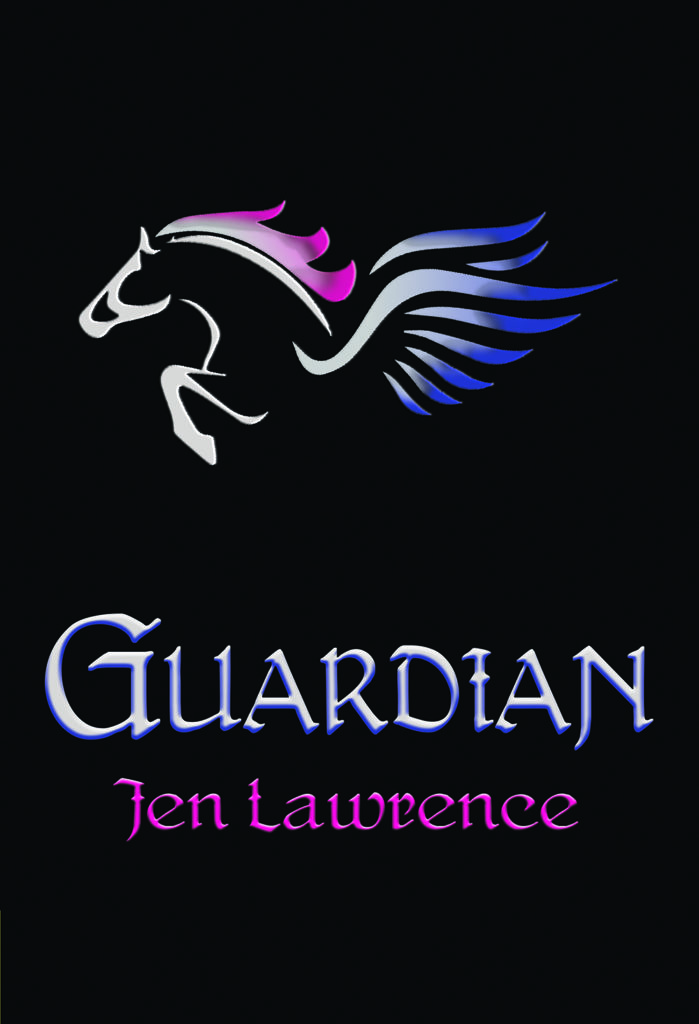When asked to write a few points for my biography on the Bellabooks website, as is standard for me, I didn’t know what to say. I strongly dislike talking about myself and found it awfully reminiscent of that dreaded question during job interviews: “Tell us about yourself”
Not a new question then, and I’ve frequently pondered what to say as to not seem weird and uninteresting, and yet I always fail. But what proved a first, was the extra consideration that went into deciding whether or not to state that I am Coloured.
Usually, in non-South African spaces, I say that I’m a Person of Colour (POC) and let that be the end of it. Because, when introducing yourself as Coloured to most foreigners, the reactions range from racists nodding in agreement: ‘You sure are’. To the unaware racists patting you on the head and saying: ‘Oh no, honey, no. Don’t refer to yourself as a slur. You’re free now.’ (Hyperbole, obviously, but you catch my drift. Hopefully).
Mostly, though, people are unsure and awkward as to how to respond. The more verbose will state: ‘Well, here in the United States of America, we don’t refer to our Black people like that no more.’ Bless these people (I’m atheist by the way).
In South Africa, races are classified in five groups: Black, White, Coloured, Asian, and Other/Unspecified. According to Wikipedia: Coloured people are part of a heterogeneous ethnic group with ancestral links to European colonizers, indigenous Khoisan and Xhosa people, and slaves imported from the East Indies.
In the simplest of terms: Coloured people are “Brown” people.
That includes me with my light skin. Neither of my parents, nor any of their parents, are/were White. Though when I introduce myself to foreigners as a person of colour, it’s immediately met with scepticism and suspicion. I keep saying foreigners, because despite my skin colour, South Africans know that we exist as a racial group. They recognise our features and our accents. Stereotypes, I know, and not universally applicable, but there are distinct things that identify Coloured people as Coloured, and since we’re only found in a small number in South Africa, some foreigners often mistake us as being biracial, Black, or White.
I have family members with darker skin than my Black friends, and lighter skin than my White friends. And because of this, falling in love with women, and how I appreciate women’s beauty, has never been a matter of skin colour for me. Though I admit that implicit cultural biases may exist, as they do in most humans raised in homogenous cultural societies enforced by the segregation policies of oppressive racist regimes.
Because of all the shades my people come in, Colourism has been a concept I’ve needed to work on developing more of an understanding of.
Growing up in a neighbourhood of Coloured people and going to a Coloured school, I never thought of myself as having light-skin privilege. I only became aware of this as a concept when I reached university and was taught the actual unprejudiced history of South Africa and the practice of allowing Coloured people who ‘pass’ as white access to resources and class status, allowing them to marry White people and own property.
It’s a past built on pain and violence; of families torn apart, and as I discovered when entering a predominantly white-owned corporate world, a practice still pervasive in the most subtle yet fundamentally racist ways. My light-skin privilege allowed me access to opportunities that my darker skinned Coloured and Black colleagues weren’t granted. Because, as one White colleague thought was a compliment to give me: You’re ‘half-white’ (No. I’m not).
Before entering white spaces, I didn’t have any privilege. I had to read up on how Colourism presents in various cultures around the world from East Asia right across the map to the Americas. All mostly the influence of colonialism and oppression, and continuing to be a modern issue because of media representation upholding a very skewed perception of ‘beauty’.
As a light-skinned lesbian of colour, I tend to write the majority of my protagonists as light-skinned lesbians of colour. It’s therefore important for me to state that this isn’t the influence of Colourism, but rather an attempt to simply stay in my lane.
In the most ludicrous way, my conflict in announcing myself as Coloured to foreigners, is reflected in my existential crisis when choosing which colour thumbs-up emoji to use. My skin is light and I am Brown, which colour emoji do I pick? The one that physically describes me? Or the one that describes my racial group? Those who know I’m a POC will think I’m trying to present myself as White (big oof). Those who think I’m White pretending to be Brown, will judge me as dishonest and dismiss my experiences as a person of colour.
The joys of living with anxiety. There’s always something to obsess over when not a single other person probably cares.
I always use the yellow emoji.
Being Coloured isn’t something I want to default to a mustard-coloured emoji, i.e. to an umbrella term like POC. I want to state it proudly and confidently. And perhaps in doing so, someone will ask me what being Coloured means, or preferably do their own research and discover that the Coloured people of South Africa exists. And that we have a relatively young and uniquely developed culture comprising of an amalgamation of multi-ethnic foods, languages and practices we’ve blended to make our own.
35 years old Jen Lawrence is from Cape Town, South Africa. Her ideal life would be spent writing and gaming with a cat on her lap until her back and eyes hurt, and then going outside to take a long walk with a dog, on a remotely located farm, with superfast internet connection.


